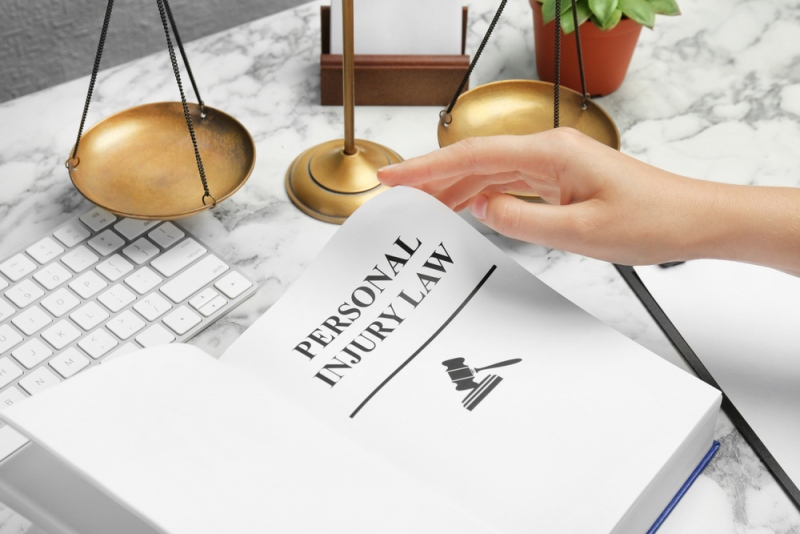When you are injured on someone else’s property or business, you might pursue a personal injury case to be compensated for your damages. The foundation of any personal injury case is negligence.
In legal terms, negligence is defined as “failure to exercise the degree of care expected of a person of ordinary prudence in like circumstances in protecting others from a foreseeable and unreasonable risk of harm in a particular situation.”
By proving negligence, you can show that another party was directly or indirectly responsible for your injury. However, each state has its own negligence laws as they pertain to personal injury. This guide will break down the basics of negligence in California. Whether you are working with a Marin or Orange County injury attorney, these laws will apply to you.
What do you need to demonstrate negligence?
In California personal injury cases, your attorney will need to prove several factors before you can prove negligence. According to FindLaw, you need to prove that the defendant was obligated through their duty to commit or not commit an act, and that the defendant was negligent on this duty.
You then have to show that this breach of duty directly led to the plaintiff’s injuries: show that the defendant’s actions or lack of actions were the cause of the injuries and that the plaintiff’s damages are legitimate. These damages can include factors like a loss of income and the presence of pain and suffering.
Is there a statute of limitations for personal injury?
As with many lawsuits, there is a statute of limitations for personal injury cases in California. So, if you are injured, you have two years to file a lawsuit. After this period, the prosecutors will likely deny your case. To avoid worrying about the statute of limitations in general, it’s best to file your lawsuit as soon as possible. Then you can better recall the injury, keep track of evidence, and receive compensation sooner rather than later.
What if you are partially to blame?
While you want to prove negligence on the part of the defendant, there are some cases where they will claim that you are partially to blame for the incident. For example, if you are in a car accident because the other driver ran a red light, but you were driving without your headlights in the rain, you might share the fault for your injuries.
In these cases, California law will calculate the percent at which you were at fault for the accident. They will then subtract this percentage from the total compensation you would have received.
How can you increase your chances of success?
Proving negligence in a personal injury case can be challenging, but there are some steps you can take to do so. The first step is to collect as much evidence as possible following your accident. Take photos of the scene and make copies of your medical records. You should then hire a reputable personal injury attorney.
When you have your first meeting with the lawyer, bring all of your evidence and documents. You will discuss all of the relevant details so your attorney can begin building a case. Follow your lawyer’s advice and instructions carefully in order to increase your chances of receiving proper compensation.
While personal injury and negligence is a complicated subject, the right attorney can help you navigate the lawsuit process. You can then get back to your life and enjoy peace of mind once your lawsuit is complete. Just be sure to have patience and stay diligent, so you can pursue compensation as thoroughly as possible.
















